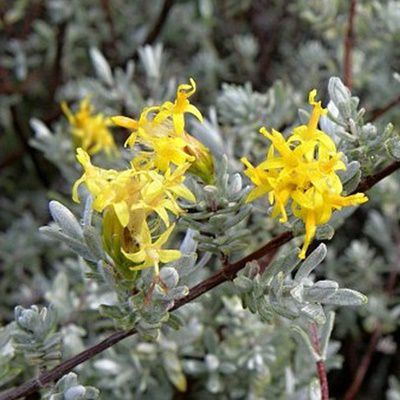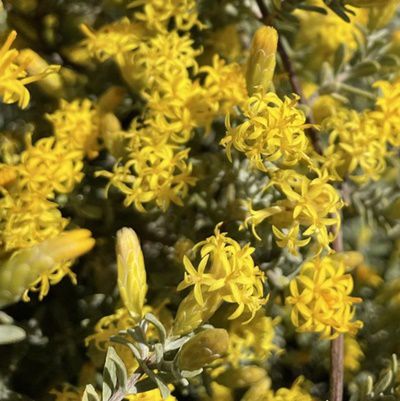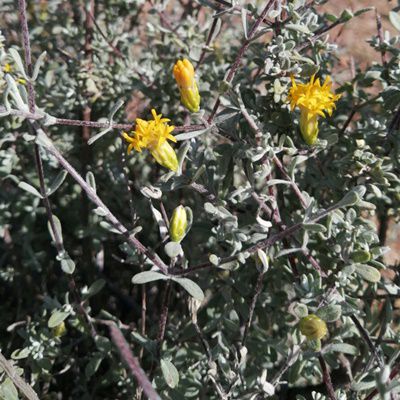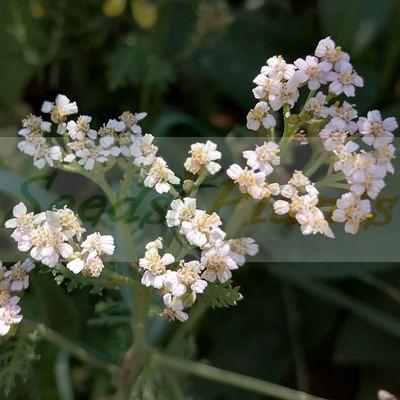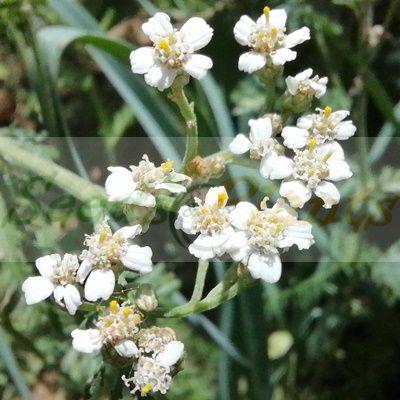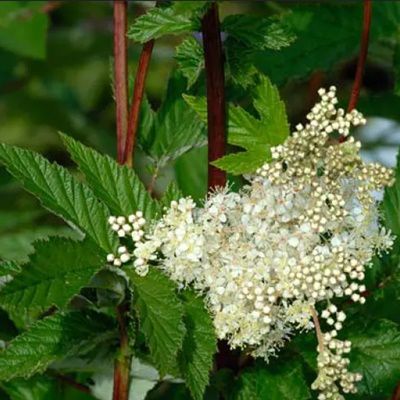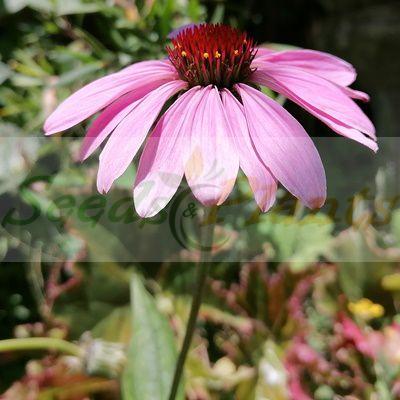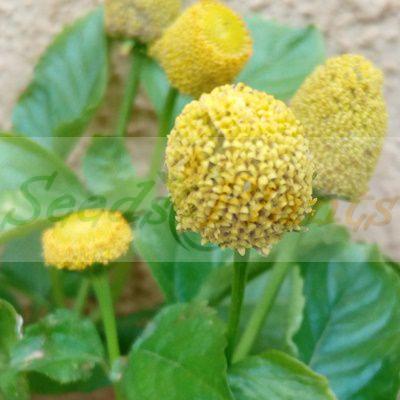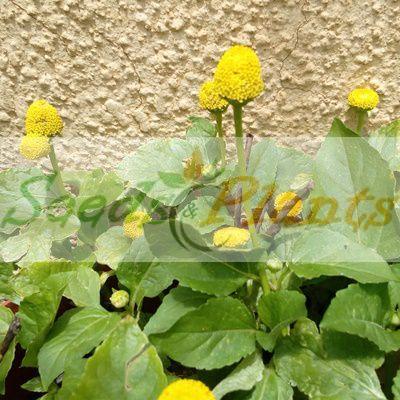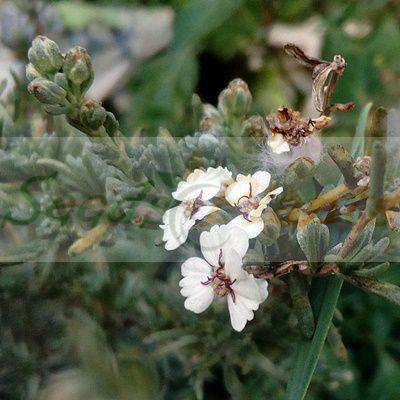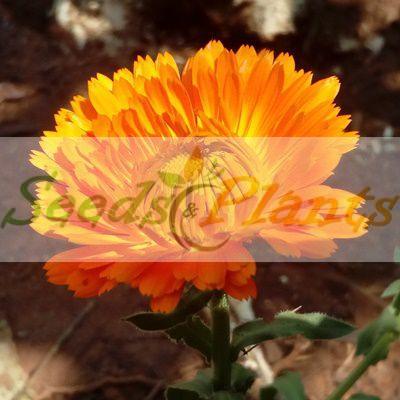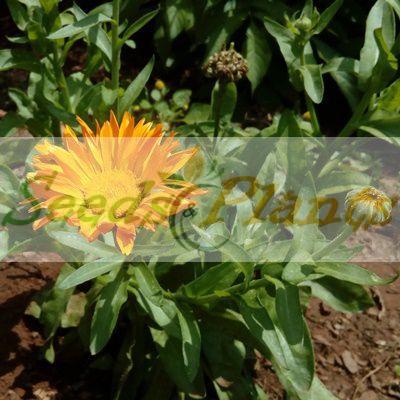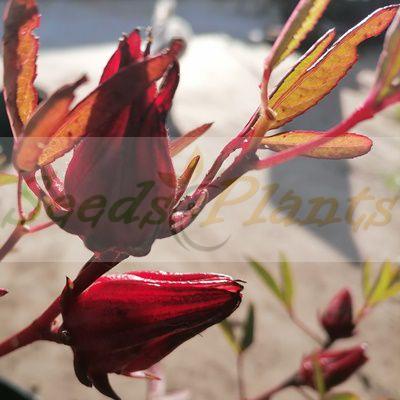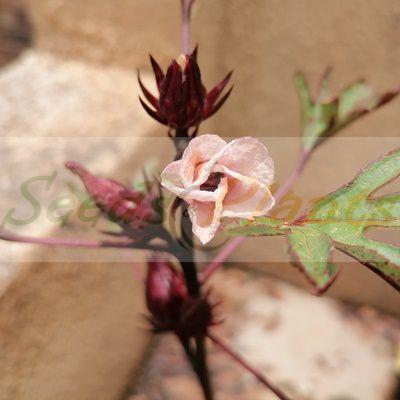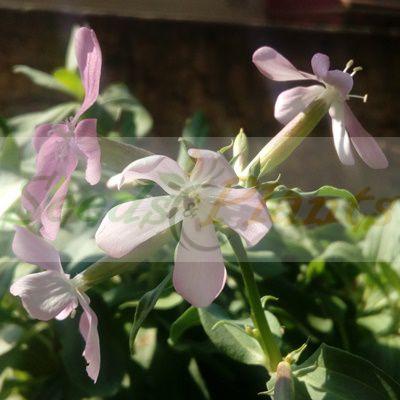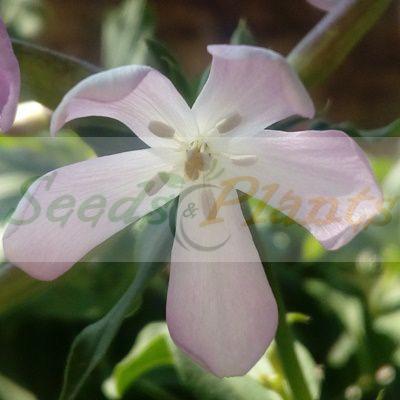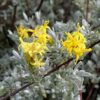-
×
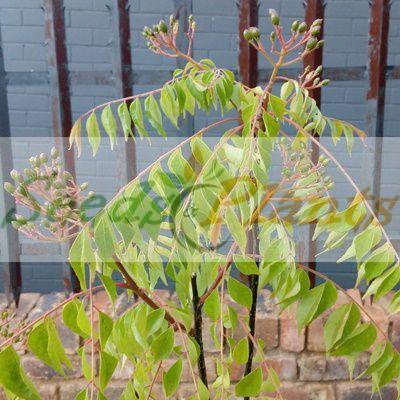 Curry Leaf Tree - 5 Seeds
1 × R30.00
Curry Leaf Tree - 5 Seeds
1 × R30.00
Ash Bush – 5 Seeds
(Pteronia incana)
R30.00
Ash Bush is an aromatic, low-growing shrub known for its drought tolerance and its use in traditional medicine.
Common names: ash bush, blue bush, wild lavender bush (Eng.), asbos, asbossie, bloubos, laventelbossie, kraakbos (Afr.).
Indoor Sowing: Summer.
Direct Sowing: Summer.
In stock
Ash Bush (Pteronia incana) is an aromatic, low-growing shrub with an average height that ranges between 0.5 and 1 m. It native to the arid regions of South Africa and Namibia and is known for its drought tolerance and its use in traditional medicine. It is often found growing with branches diverging from one another, forming a fine, rounded, mounding shape. It is a hardy perennial that can grow in many conditions, even with poor soil, and needs little maintenance.
The stems and branches are dry, woody and dark-brown. They are pubescent when young, turning brown-grey as they get older. The fragrant leaves are light grey in color, with a white, felt-like material on the surface. Leaves are opposite and have an oblong to obovate shape.
The plant produces flower-heads which are about 15mm in diameter, comprised of yellow disc florets, which emit a pleasant coconut scent, in mid-spring to early summer. About 10 flowers may be found in each flower-head. Florets are accompanied by smooth, non-sticky, yellow-green bracts.
Common names: ash bush, blue bush, wild lavender bush (Eng.), asbos, asbossie, bloubos, laventelbossie, kraakbos (Afr.).
Medicinal Benefits
The leaves contain volatile oils that are strongly scented and they have been used commercially as essential oils. The plant is used in traditional medicine to treat influenza, fever, kidney ailments and backache.
Growing Ash Bush
Indoor Sowing: Summer.
Direct Sowing: Summer.
- For indoor sowing, use germination trays with a well-draining medium, such as a 50/50 mix of sand and sifted potting soil.
- Do not bury the seeds. Instead, place them firmly on the surface of the soil and cover them lightly with fine soil to keep them from washing away.
- Place the trays in a semi-shaded area and keep the soil moist, not damp, using a fine mist sprayer.
- Germination in 2 – 4 weeks, but may take longer.
- After germination, reduce watering and allow aeration through the soil.
- Transplant the seedlings about 3 months after germination.
- Use sandy loam soil for transplanting, with the addition of well-decomposed compost.
- For direct sowing, prepare the soil and gently scatter the seeds on the soil surface.
- Gently firm them into the surface of the soil and cover them lightly with fine soil.
- Water with a fine spray to avoid washing the seeds away.
- Keep the area consistently moist until germination occurs.
Disclaimer
Medicinal Information:
All medicinal information on this website is for educational and informational purposes only and may not be construed as medical advice. The information is not intended to replace medical advice or treatment offered by healthcare professionals.
Seeds, Plants, Plant Cuttings, Geophytes and Dried Herbs:
In some countries and provinces, certain plants are deemed as invasive and are not allowed to be planted at all, whilst some plants are allowed to be grown only in certain areas or provinces. The onus is on you as the buyer to familiarize yourself with the regulations pertaining to your location, before purchasing any of our seeds, plants, plant cuttings, geophytes or dried herbs. We will not be held liable, should you purchase any seeds, plants, plant cuttings, geophytes or dried herbs. from us which are prohibited in your country or province.


